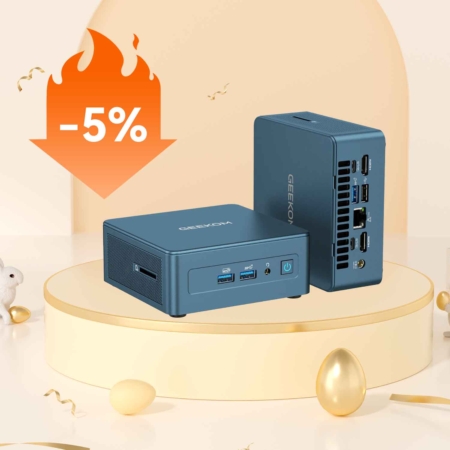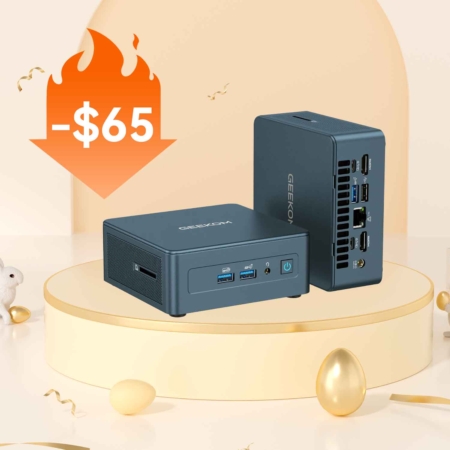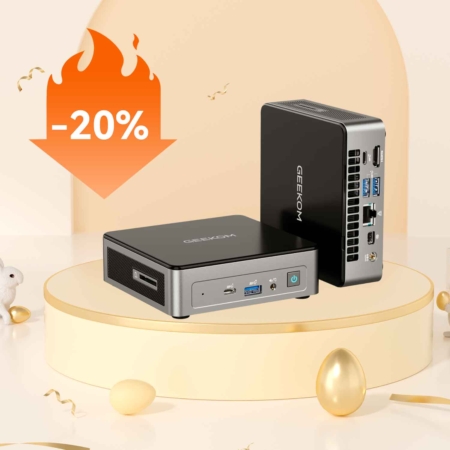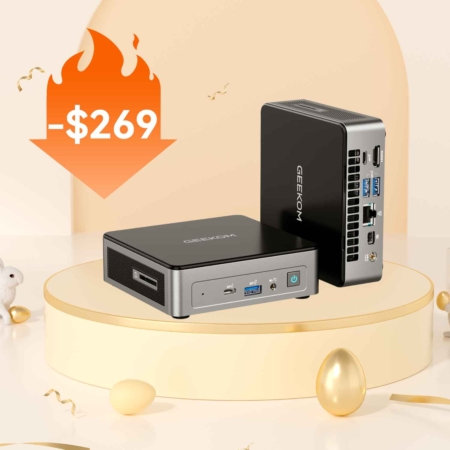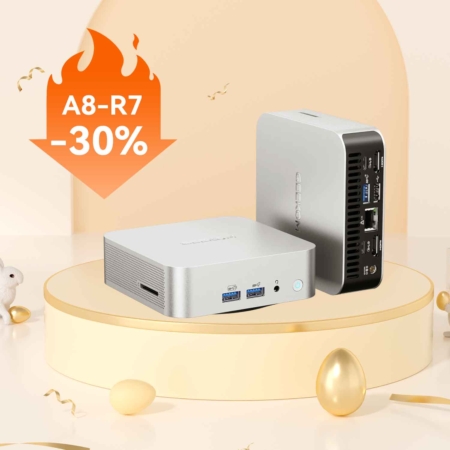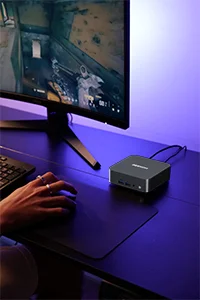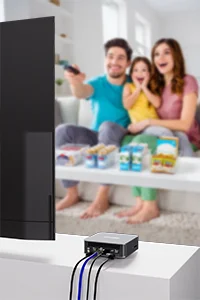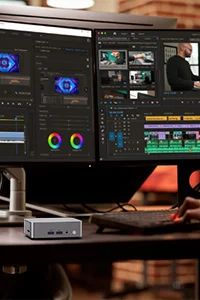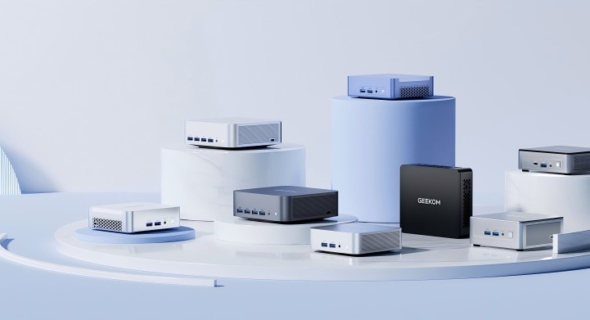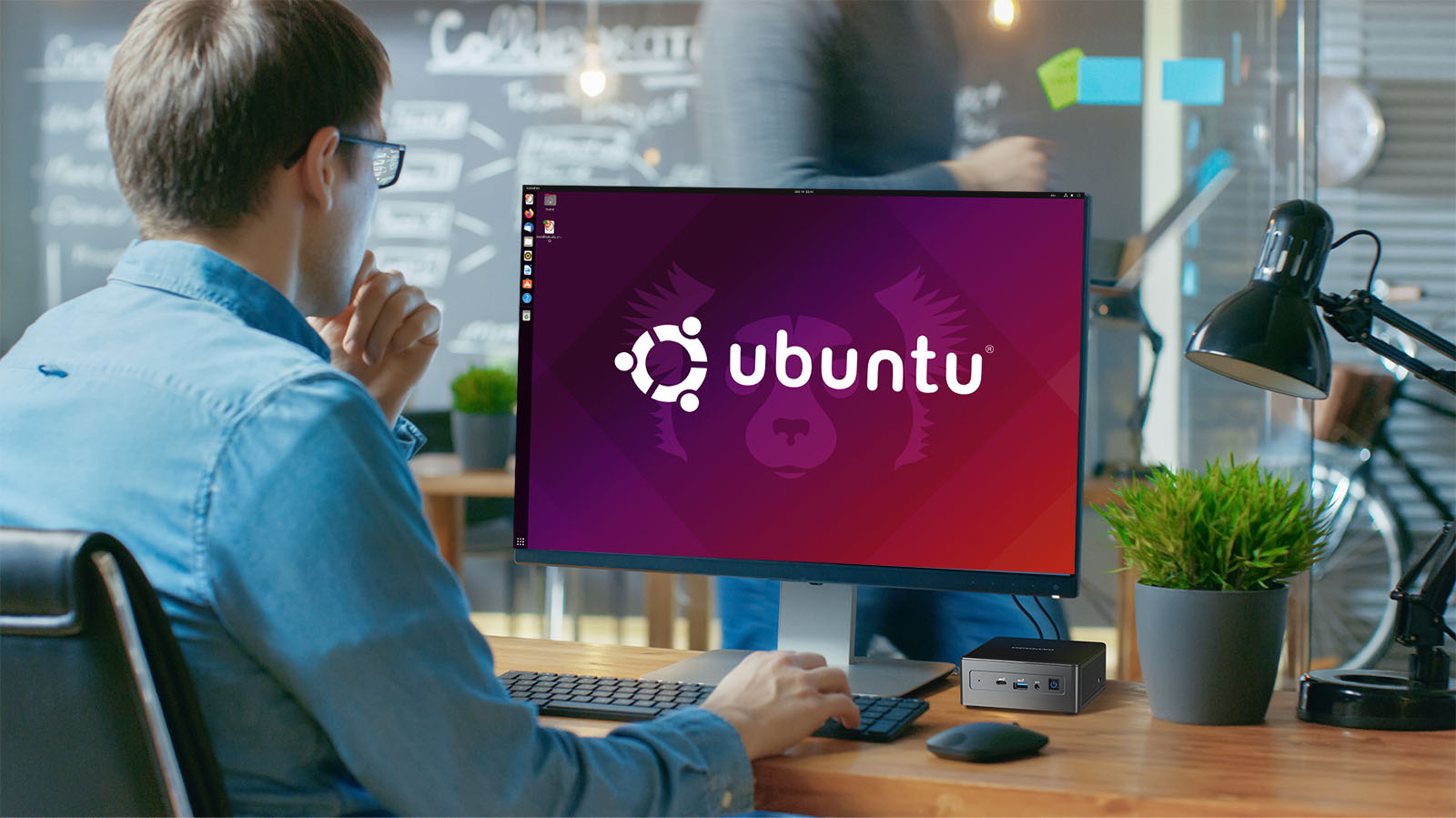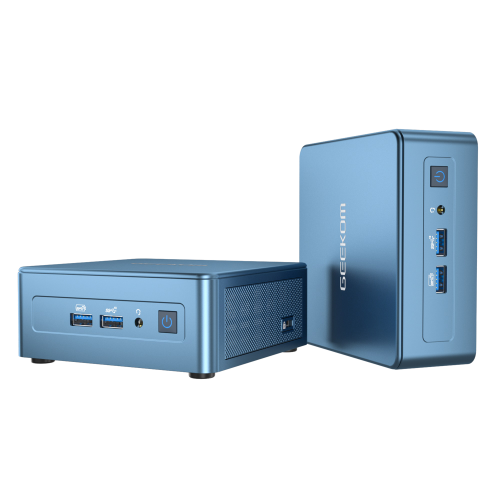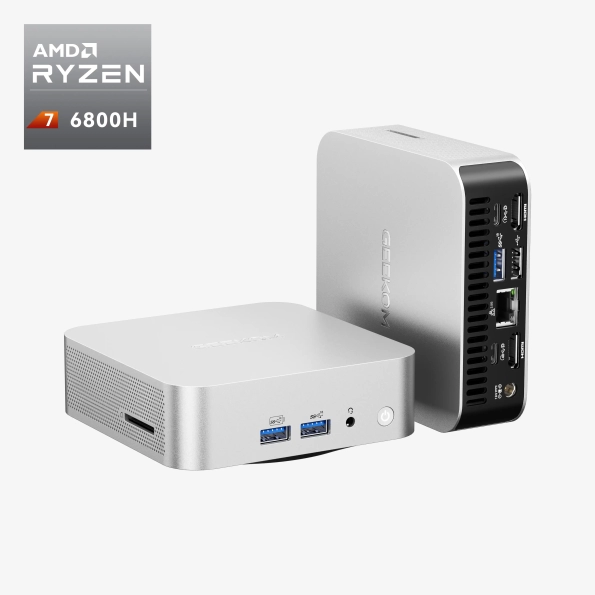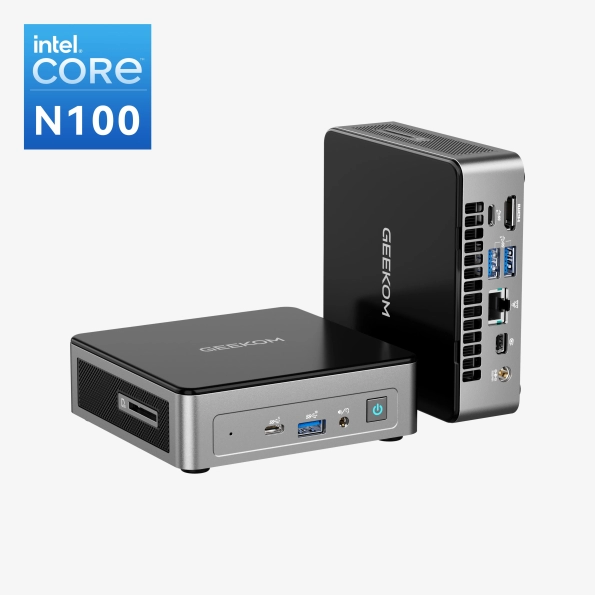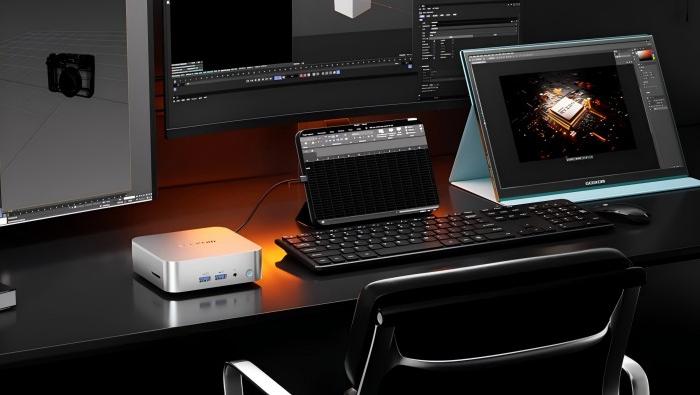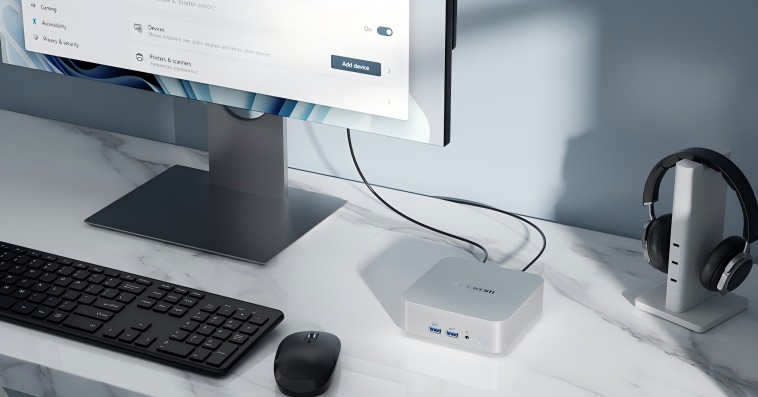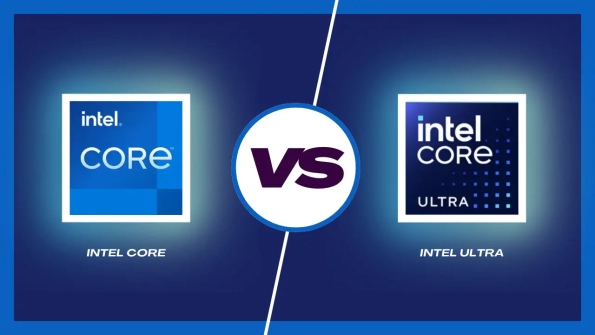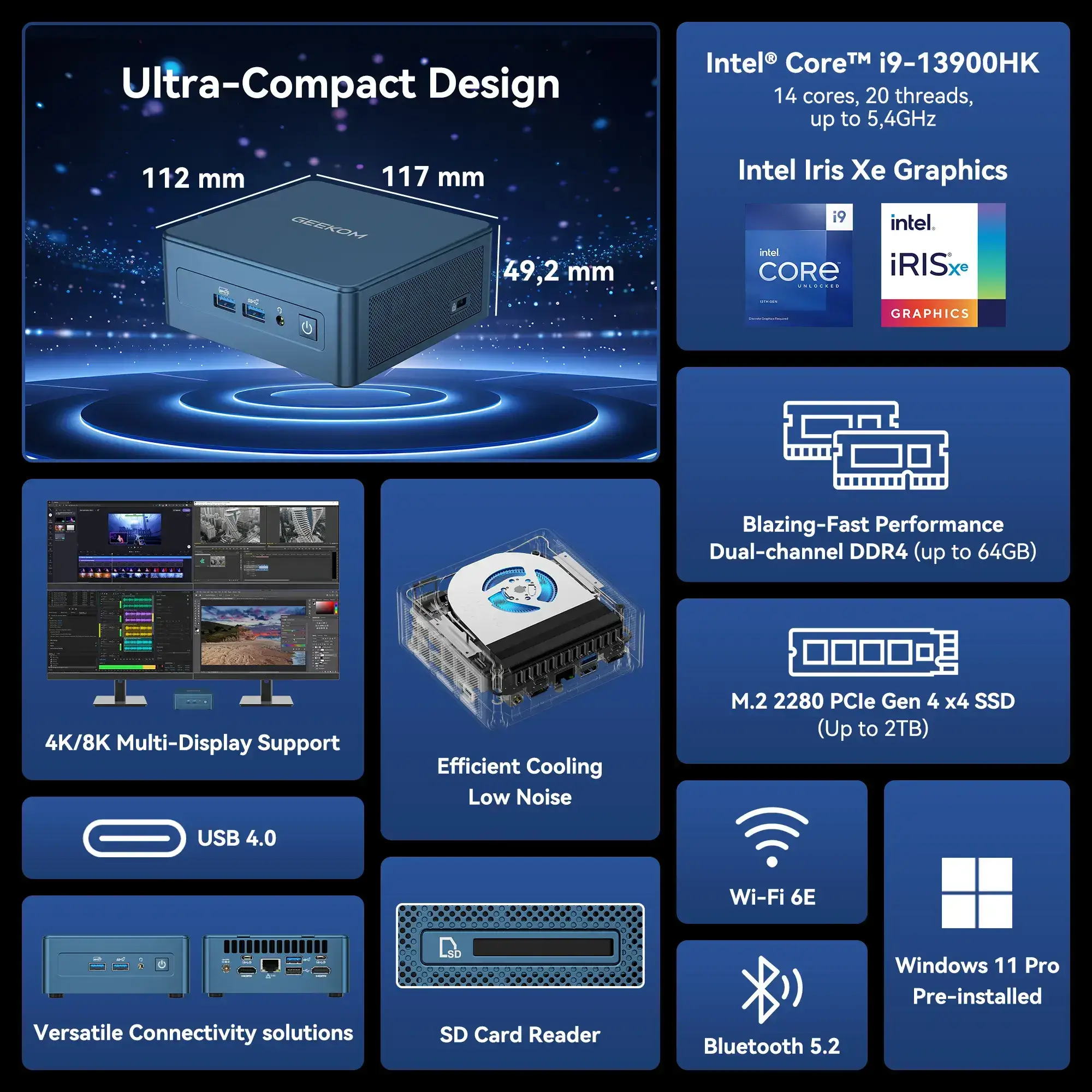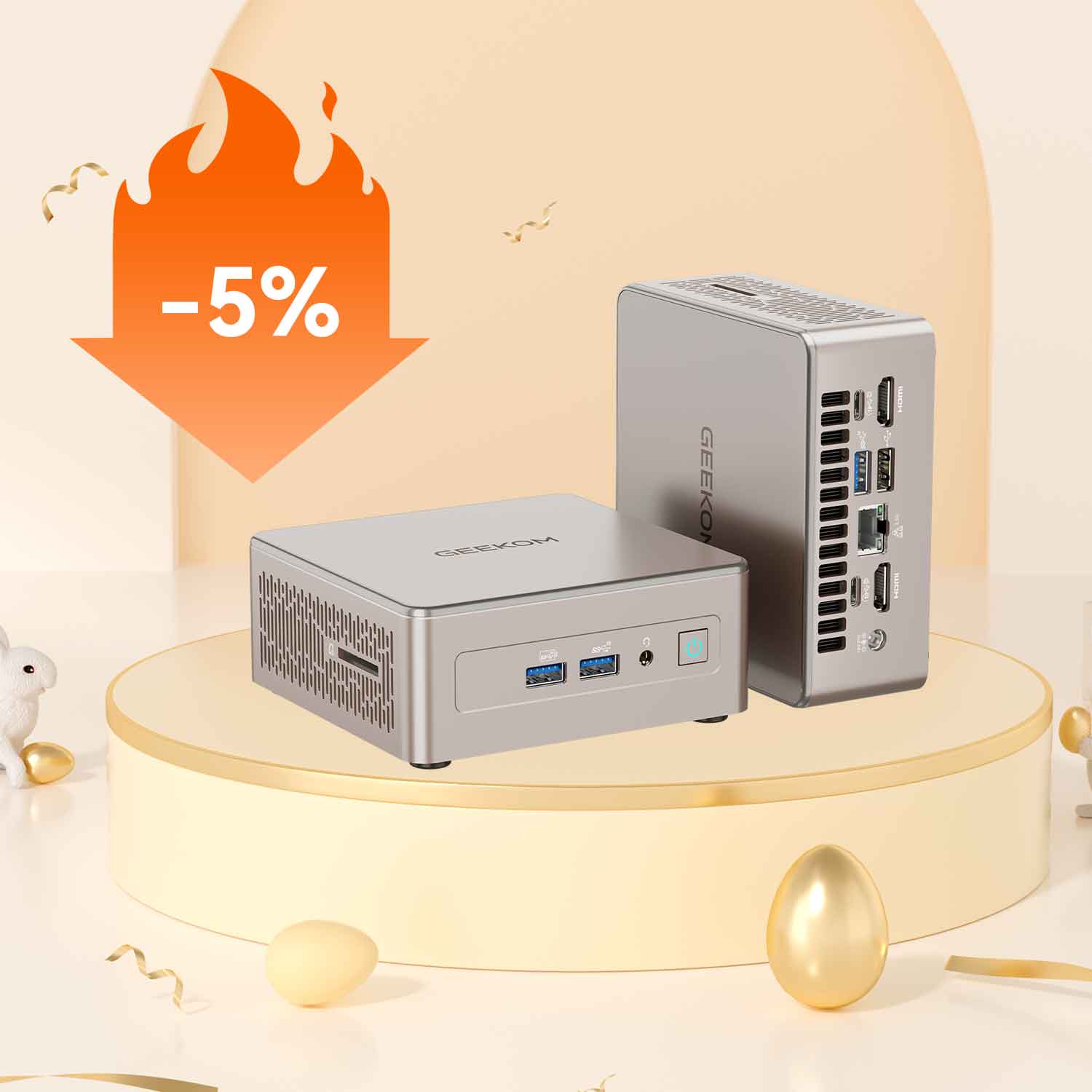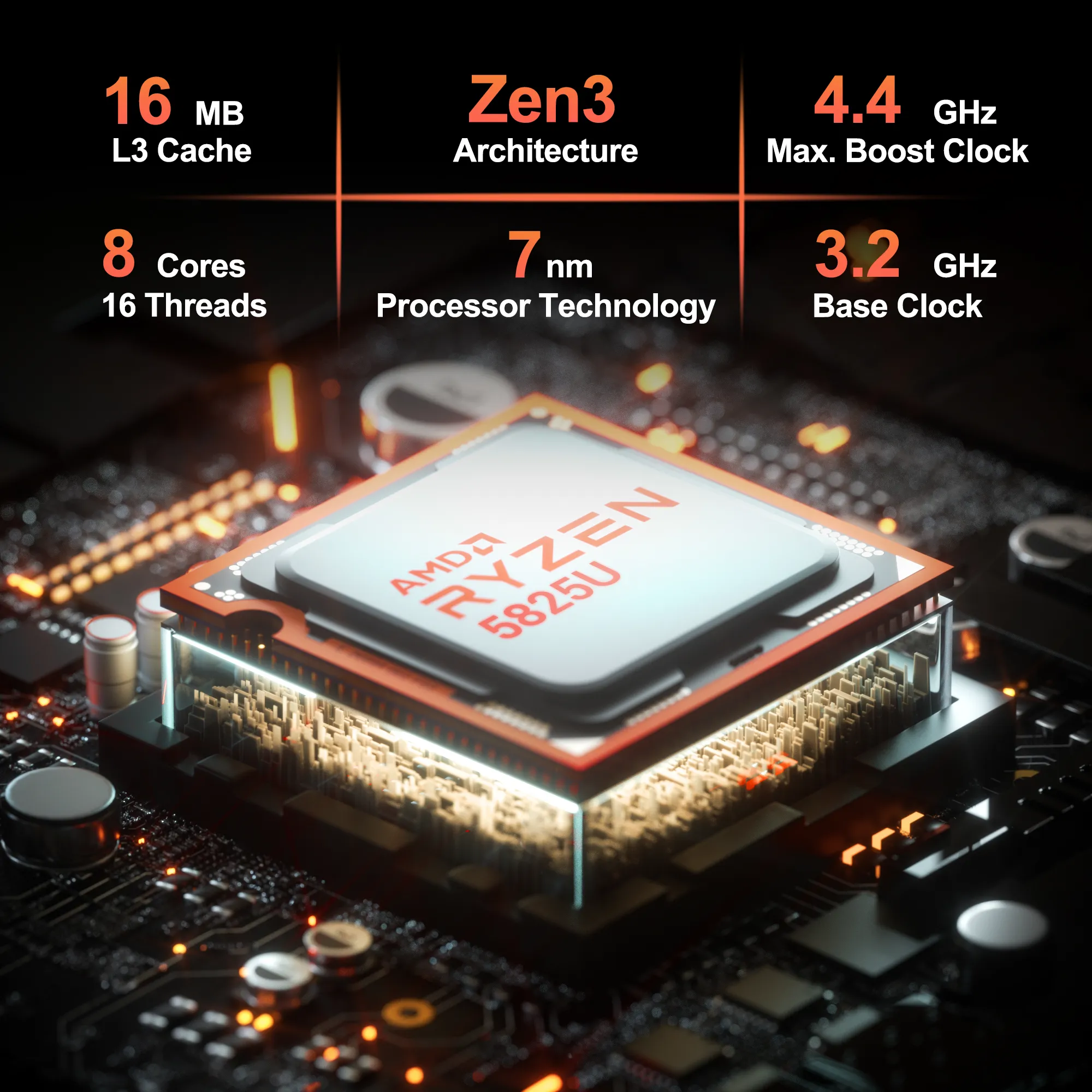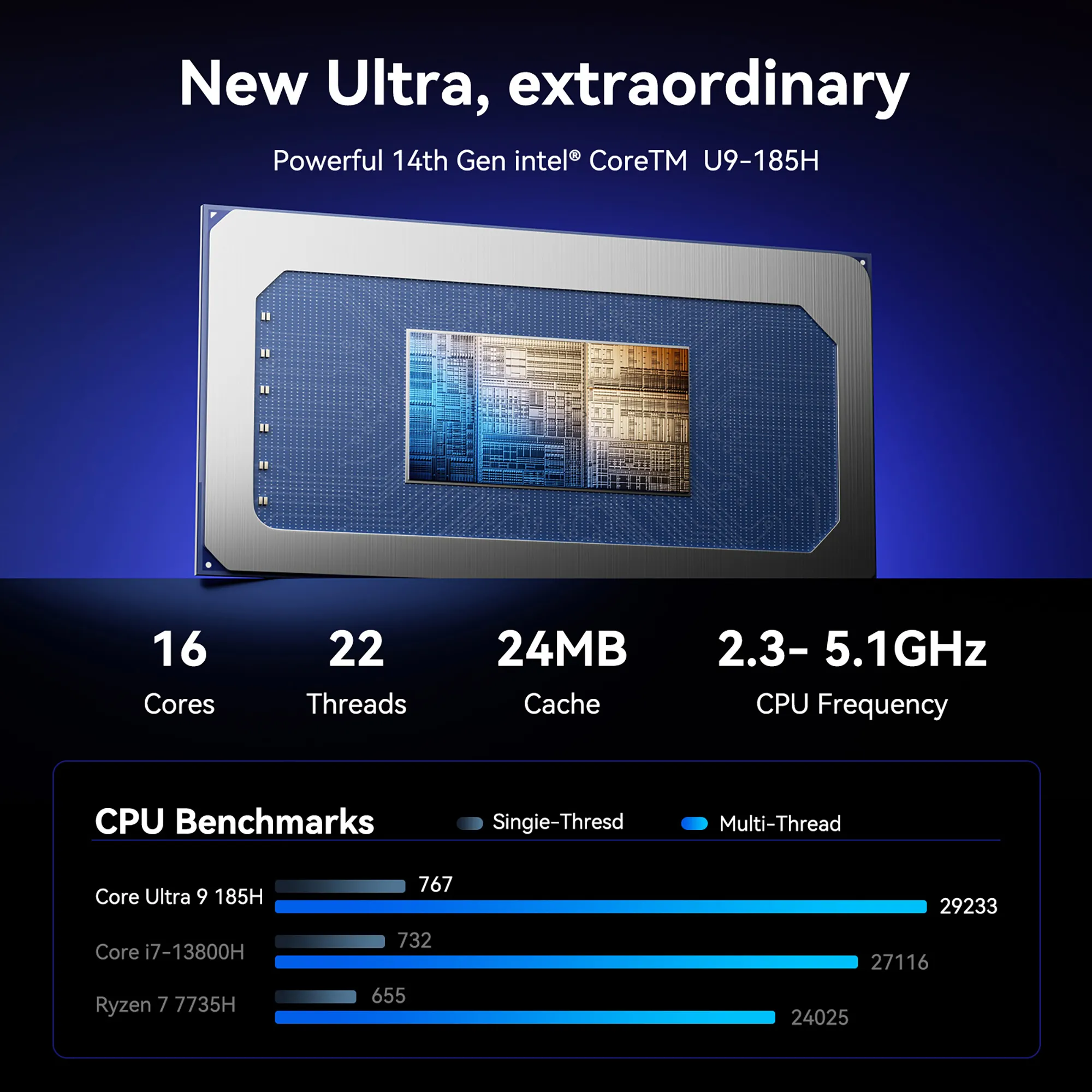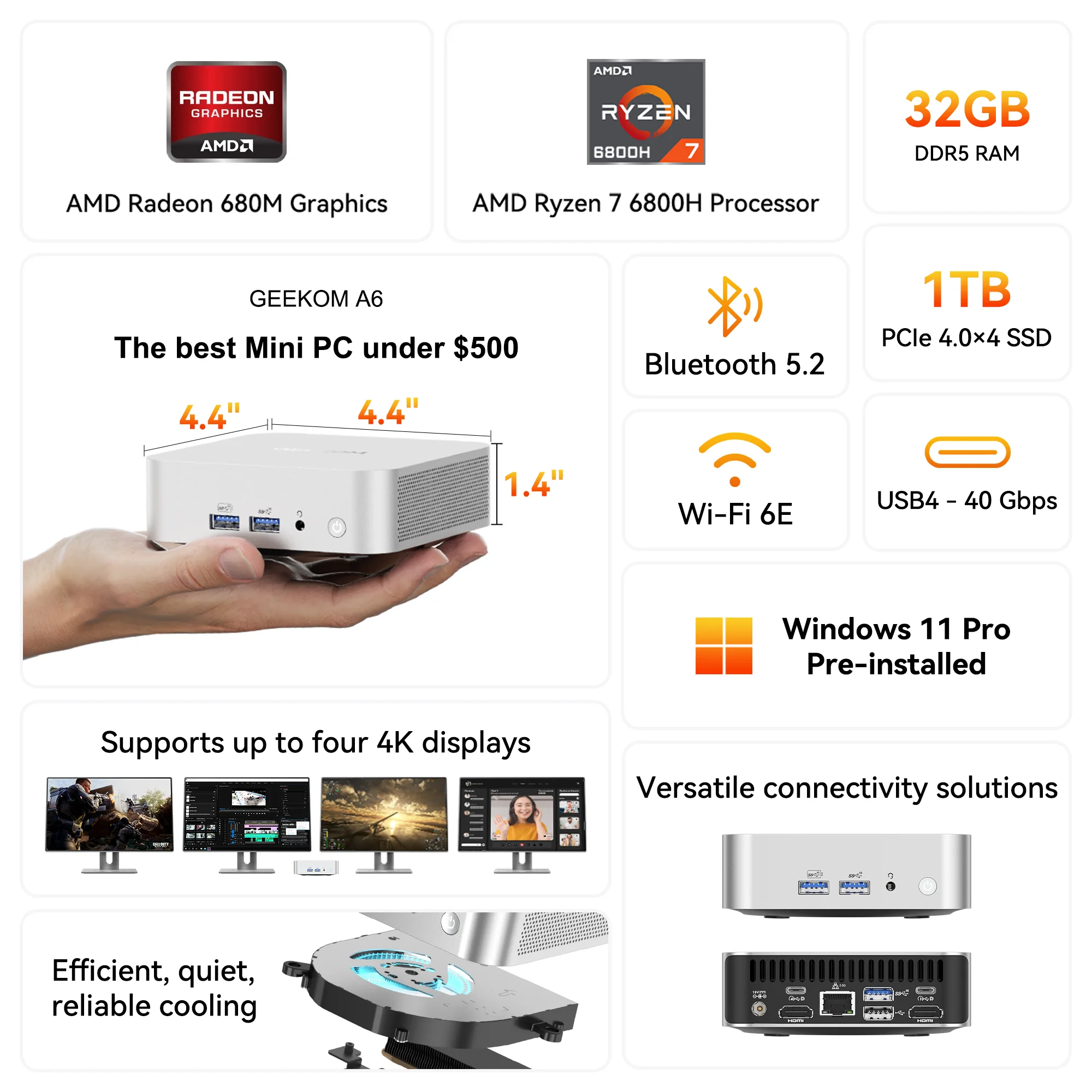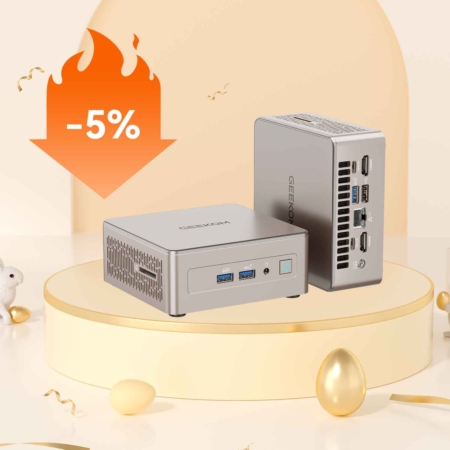Mini PCs are gradually taking over from conventional desktop computers, as their compact size and low power consumption are attractive to lots of consumers. While Windows remains the most-used operating system for mini PC owners, more and more people are beginning to work with Linux nowadays.
What is Linux?
Linux is the best-known and most-used open-source kernel in the world. It is a set of software that directly manages a PC system’s hardware and resources, including the processor, graphics card, memory, and storage, and allows users to run different applications.
Most of us are in touch with Linux daily, whether we are aware of it or not. For instance, Android, the operating system that dominates our smartphones, tablets, wearables, as well as smart cars, is based on Linux. But in terms of computing, we normally talk about traditional Linux-based distributions.
How is Linux different from other operating systems?
Linux is, in many ways, very similar to other operating systems. It has a point-and-click graphical user interface, which allows its users to install and run software programs, including internet browsers, word processors, video players, photo editors, and so on.
But unlike Windows or macOS, where you can simply use GUI to make the operating system perform intended tasks, Linux requires its users to enter command lines for most duties, making it more difficult for starters to get used to.
Also, different distributions of Linux may give you completely different user experiences or “feel.” Some of them look like Windows, some of them look like macOS, and others may feel like nothing you have seen before.
What are the advantages of Linux?
Linux comes with many benefits. First and foremost, it doesn’t cost a dime. Since the Linux Kernel is open-source, you can download and install just about every Linux distribution for free. Second, Linux has amazing hardware compatibility, it runs on many different platforms, including PCs, tablets, smartphones, TV boxes, ATMs, drones, in-flight entertainment, and so on.
It’s hard to find hardware that isn’t compatible with Linux. Third, Linux offers strong support for developers. Its source code is viewable for all people, and it also supports all of the major programming languages, including C, C++, and JavaScript. Developers can use these languages to build compatible and reliable apps in various disciplines. Finally, Linux is incredibly stable.
Compared to other operating systems, it’s much less prone to crashes. That’s why major cloud providers all use Linux as the operating system of their servers. Even Microsoft chooses Linux to power their Azure Cloud Computing Services instead of their own Windows Server OS.
How to install Linux on your PC?
There are dozens of Linux distributions available on the internet, but you should start with a well-known distribution as it has a larger user community that can help answer questions when you get stuck. Popular ones include Elementary OS, Fedora, Debian, and Ubuntu.
Once you’ve picked the intended Linux distribution, visit its official website, and download the installer and ISO files. Some Linux distributions are compatible with many different platforms, so you might be asked to choose the right installer and ISO file for the device you want the operating system installed.
Best mini PCs compatible with Linux
You can install Linux on any computer, from the tiniest handheld PCs to the bulkiest server towers. But if you want a mini PC to run Linux, these will be our top recommendations.
GEEKOM Mini IT13
Since it accepts two internal storage devices, you can choose to install any Linux distribution and dual-boot it with Windows 11. Intel is known for its open-source drivers and excellent support for various Linux-related projects, so you will not face any compatibility issues when running Linux on the GEEKOM Mini IT13.
- 13th Gen Intel Core i9-13900H , Core i7-13620H
- Intel® Iris® Xe Graphics for i9, Intel® UHD Graphics for i7
- Extensive port selection including two USB4 ports and two HDMI 2.0 ports
- Intel® Bluetooth® 5.2 and Wi-Fi 6E for faster connections
- Windows 11 Pro pre-installed, ready to use
GEEKOM Mini A6
The GEEKOM Mini A6 is powered by a relatively new 6800H processor, which still has enough performance to run many different Linux distributions and applications smoothly.
- AMD Ryzen™ 7 6800H.
- AMD Radeon™ Graphics 680M.
- Dual-channel DDR5 4800MT/s, up to 64GB.
- M.2 2280 PCIe 4.0 ×4 SSD, up to 2TB.
- 2.5G Ethernet, Wi-Fi 6E, Bluetooth® 5.2.
- Pre-installed with Windows 11 Pro, ready to use.
GEEKOM MiniAir 12
The GEEKOM MiniAir 12 is a budget-friendly mini PC based on an Intel Alder Lake processor. Even with a relatively plain piece of silicone, this mini PC still performs well when running basic everyday computing tasks in Linux.
- 12th Gen Intel Alder Lake N100 Processor.
- Single-channel DDR5-4800 SODIMM, up to 16GB.
- M.2 2280 PCIe Gen 3 x 4 SSD, up to 2TB.
- Stable and speedy connectivity with WiFi 6 and Bluetooth 5.2.
- Supports 3 displays, up to 8K.
- Windows 11 Pro pre-installed.
Ready to upgrade your computing experience? Look no further! Check out the incredible range of mini PCs from GEEKOM and take your productivity and entertainment to new heights.

